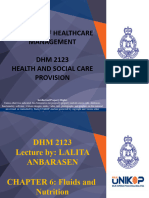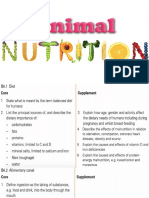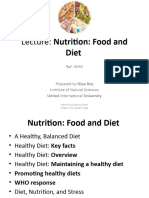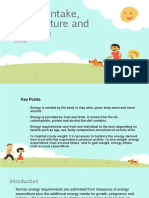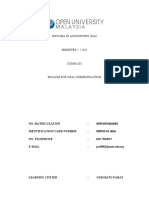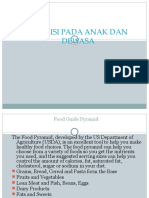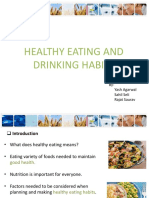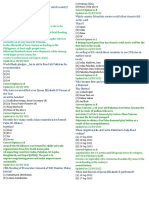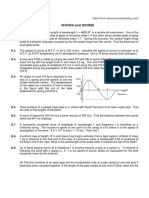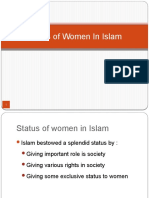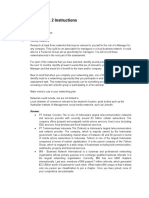0% found this document useful (0 votes)
123 views18 pagesBalanced Diet Essentials
A balanced diet contains a variety of foods that meet nutritional needs for energy, proteins, vitamins, minerals and fats while also accounting for factors like region, economic status, religion, customs and individual metabolism. It consists of 10-15% of calories from protein, 15-30% from fat, and the remaining from carbohydrates. Reference standards for energy needs are based on age, sex, body composition and activity level. Vulnerable groups like pregnant and lactating women have additional protein and calorie requirements.
Uploaded by
amberCopyright
© © All Rights Reserved
We take content rights seriously. If you suspect this is your content, claim it here.
Available Formats
Download as PPT, PDF, TXT or read online on Scribd
0% found this document useful (0 votes)
123 views18 pagesBalanced Diet Essentials
A balanced diet contains a variety of foods that meet nutritional needs for energy, proteins, vitamins, minerals and fats while also accounting for factors like region, economic status, religion, customs and individual metabolism. It consists of 10-15% of calories from protein, 15-30% from fat, and the remaining from carbohydrates. Reference standards for energy needs are based on age, sex, body composition and activity level. Vulnerable groups like pregnant and lactating women have additional protein and calorie requirements.
Uploaded by
amberCopyright
© © All Rights Reserved
We take content rights seriously. If you suspect this is your content, claim it here.
Available Formats
Download as PPT, PDF, TXT or read online on Scribd
/ 18






